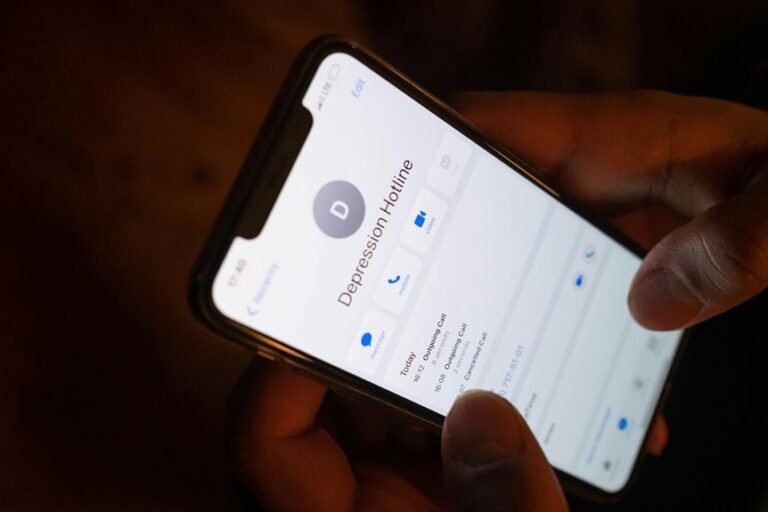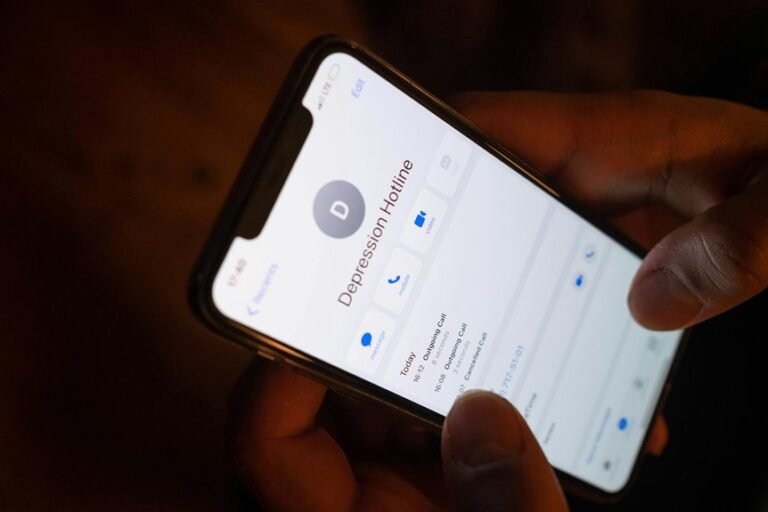Who Called Me From 7144490377, 7144642198, 7145165275, 7148425431, 7158988017, and 7158988019? Verify Now
Numerous individuals have reported receiving calls from the numbers 7144490377, 7144642198, 7145165275, 7148425431, 7158988017, and 7158988019. These calls warrant scrutiny to ascertain their legitimacy. Analyzing area codes can yield geographic insights, while reverse phone lookup services offer identification of the callers. Understanding these elements is crucial for discerning potential spam from genuine communication. The implications of these findings may compel one to reconsider their response to such calls.
Overview of the Area Codes
Area codes serve as essential identifiers within the North American numbering plan, categorizing geographic regions and facilitating the efficient routing of telephone calls.
They provide crucial information regarding call origins, allowing individuals to discern the location of a caller. Understanding area codes enhances communication clarity, empowering users with knowledge about potential long-distance charges and regional distinctions, thereby fostering a sense of freedom in their telephonic interactions.
Identifying the Callers
How can one effectively identify callers in an age where phone numbers are easily spoofed?
Advanced caller identification systems and phone number tracing technologies provide essential tools.
Utilizing reverse phone lookup services can reveal caller identities, while apps can flag suspicious numbers.
Staying informed about the latest identification methods enhances personal freedom, empowering individuals to make informed decisions about their communications.
What to Do If You Receive These Calls
Receiving calls from unidentified or suspicious numbers can provoke concern and uncertainty.
Individuals should prioritize phone call etiquette by avoiding engagement with unknown callers. If deemed spam, promptly report these numbers to relevant authorities or your phone carrier.
This proactive approach not only protects personal privacy but also contributes to broader efforts in combating unwanted communications, fostering a more secure communication environment.
Conclusion
In conclusion, receiving calls from numbers such as 7144490377 or 7158988019 warrants careful scrutiny. For instance, a hypothetical case involving a recipient who ignored a suspicious call led to a significant identity theft incident, highlighting the importance of verifying unknown callers. Utilizing reverse phone lookup services and staying informed about prevalent scams can mitigate risks. Always prioritize communication security by assessing the legitimacy of incoming calls before engaging further.






